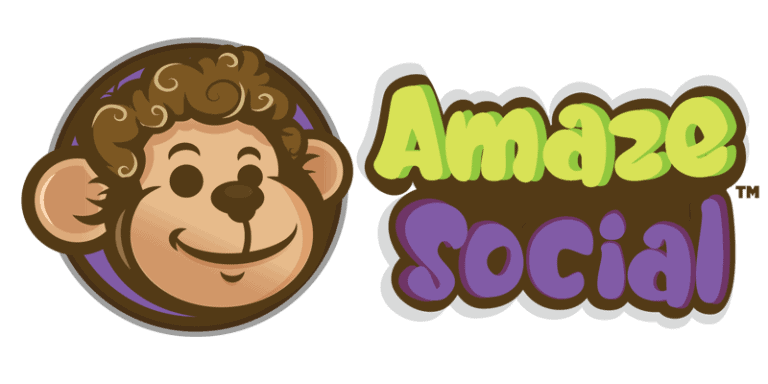Privacy settings are configurable options provided by social media platforms that allow users to control who can see their content, interact with them, or access their personal information. These settings give users the ability to manage their online privacy and security on the platform.
Details:
- Content Visibility: Users can often decide who can view their posts, stories, photos, or videos. Common options include “public” (visible to everyone), “friends” or “followers” (only visible to connections), and “only me” (private).
- Profile Information: Users can typically control the visibility of personal details, such as their birthdate, email address, phone number, or location.
- Connection Requests: Privacy settings can dictate who can send friend requests or follow the user. For example, some may choose to only allow mutual friends to send requests.
- Message Settings: Users can decide who can send them direct messages or chat requests. They may also have the option to filter or block messages from unknown sources.
- Activity Status: Some platforms allow users to hide their online status or activity timestamps, offering a sense of privacy about when they’re active or last accessed the platform.
- Data Sharing & Ad Preferences: Advanced privacy settings may give users control over how their data is used for advertising purposes or shared with third parties.
- Security Integrations: While not exclusively a privacy setting, features like two-factor authentication or login alerts can enhance user privacy and security by adding layers of protection to account access.
- Blocking & Muting: Users often have the ability to block or mute other users, ensuring unwanted interactions or content don’t appear in their feeds or messages.

